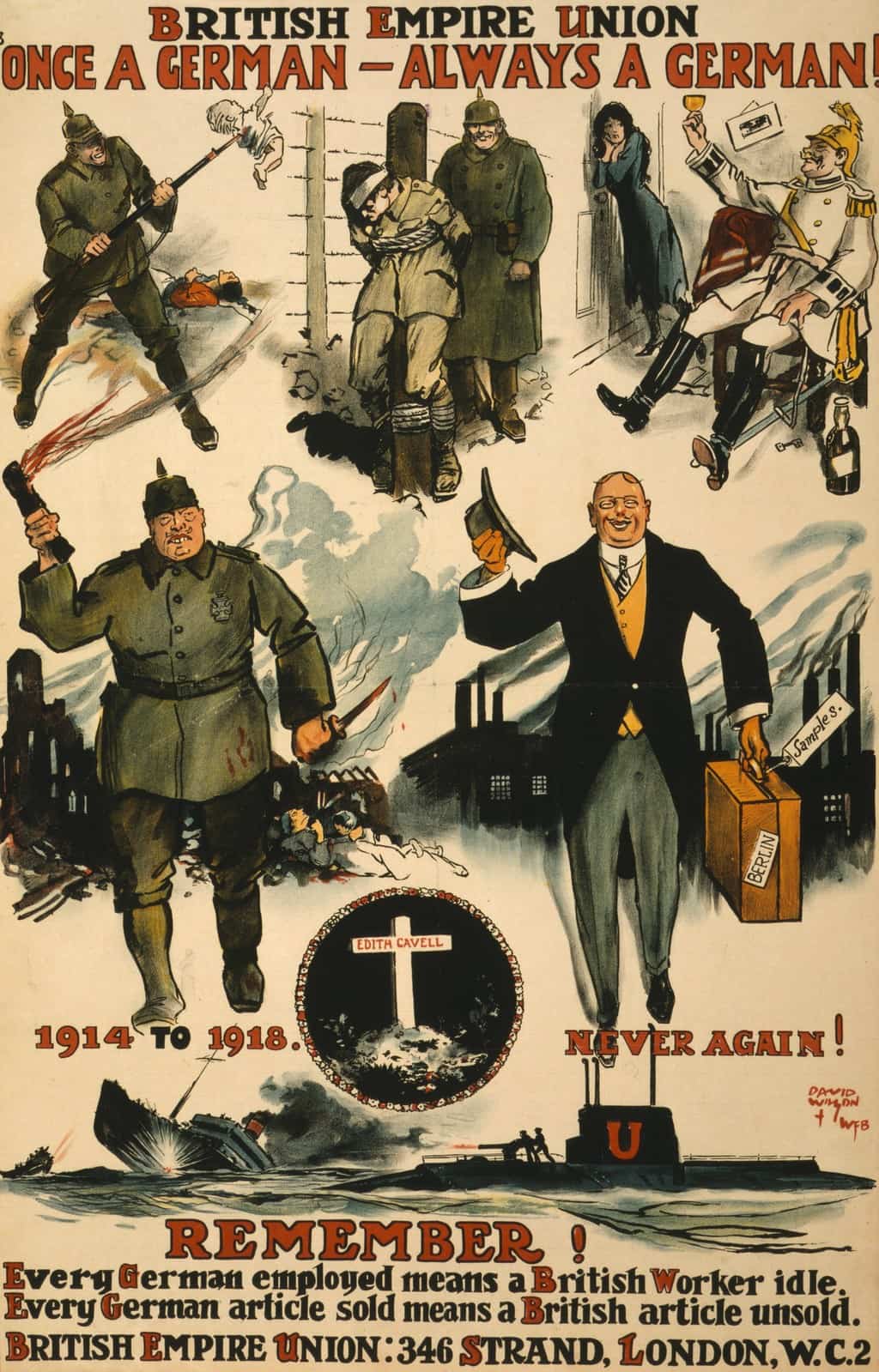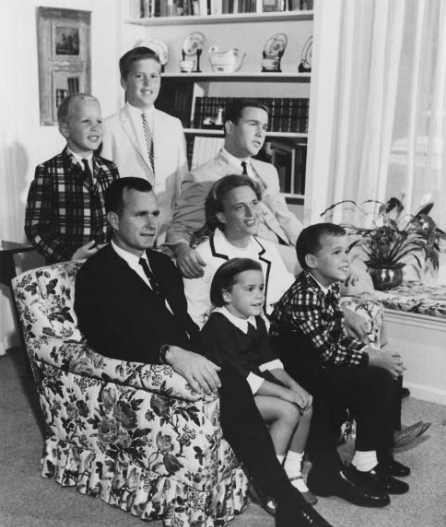A DBQ design Process by Erik Nelson
The DBQ design process has already proved an enlightening process for me. I have been painfully learning to shift from a gatekeeper of information to an architect of a learning experience for students. At first approaching this project I wanted to pick an interesting topic for students to cover. My original topic did not lead to enough possible student questioning, so I needed to expand the question that would drive the DBQ (and consequently expand the topic being covered).
The essential question of this unit will be: How should the losing side of a war be treated? Though I don’t know if students will find this interesting, I certainly think it is an important question to deal with. This question will use the Treaty of Versailles and post-WWI Germany as the topic for this question. I wanted to choose content material that teachers would find probably want to include in a high school course, while also designing a process that would engage students in asking questions about the documents.
There are tons of documents available on the Treaty of Versailles, and more importantly how Germany was impacted in that process. There are letters, newspaper articles, political cartoons, even some video clips, though I am not totally sure how to access those in the public domain.
In talking with my classmate Sam Kimerling, we decided to parallel our DBQs to create easily accessible teaching materials for teachers. As we discussed our projects we were struck by how different the decisions made towards Germany were after WWI and WWII. Because those two topics are popular in history classes, we thought creating DBQs that teachers could use that connected both the Treaty of Versailles and the Marshall Plan, having students ask the same questions of both topics, and potentially drawing larger scale conclusions in the process.
Through this process it is likely that students will be challenged in their thinking about resolving international conflicts. Students will be asked to focus centrally on the impacts of the strict reparations Germany was forced to pay, as well as issues like the guilt clause while questioning ideas of guilt in international war. One thing I will want to address is how much background knowledge students bring into the DBQ as they work to create interpretations of the source material.
Questions for the project will be:
- Do the victors in war have responsibility to the losers?
- Can one side in war be blamed more than another side?
- How does national debt hurt economic development?
- Why might national pride influence national policy?
Moving forward from this point, I will need to narrow the documents I want to use, and also narrow the scope of some of my ideas. At this point I need to focus on what questions I want students to ask, and how to best guide them through a series of documents.






